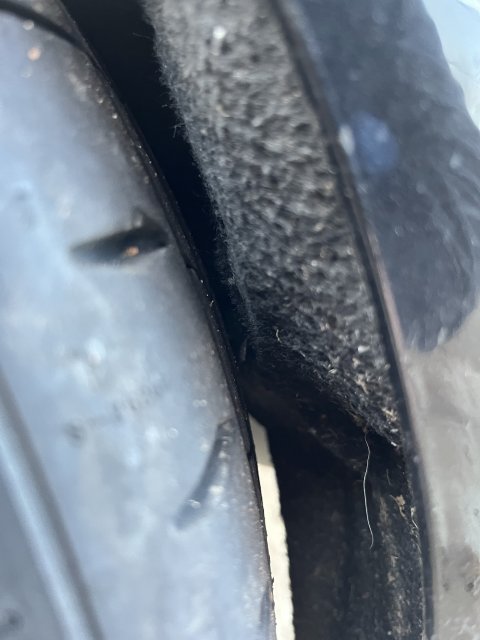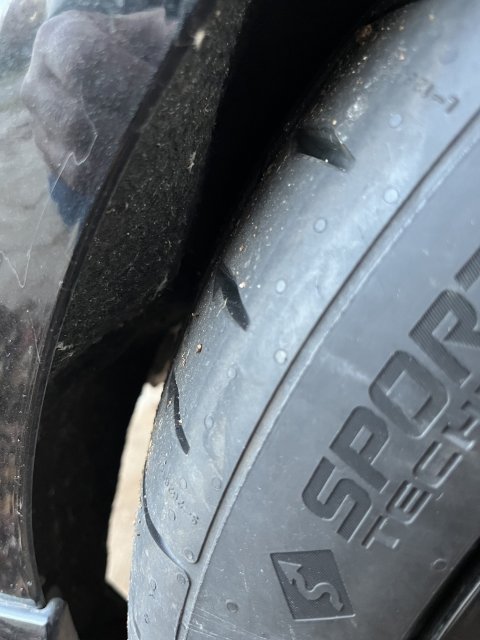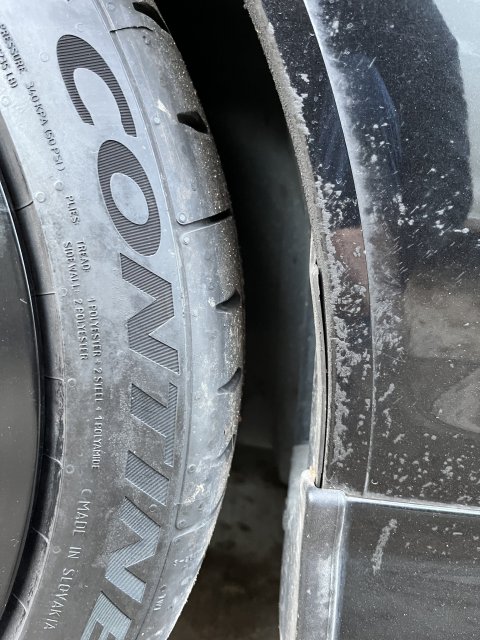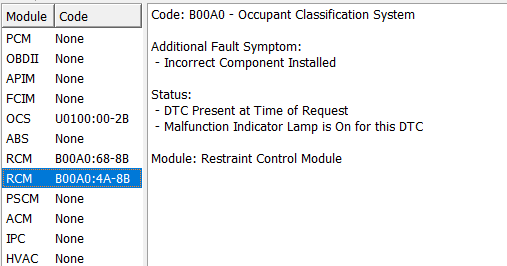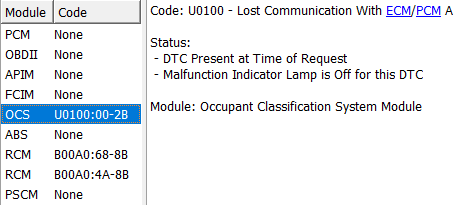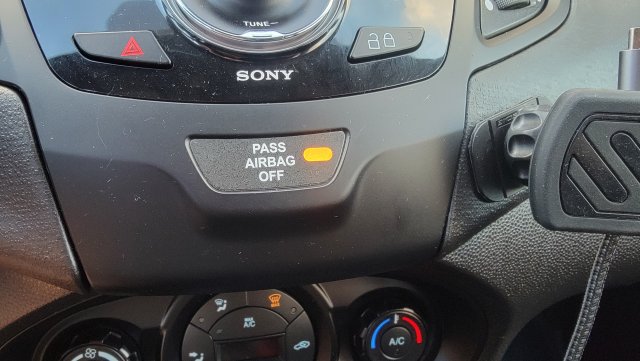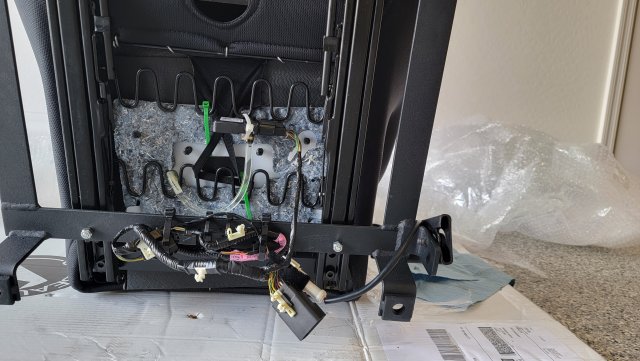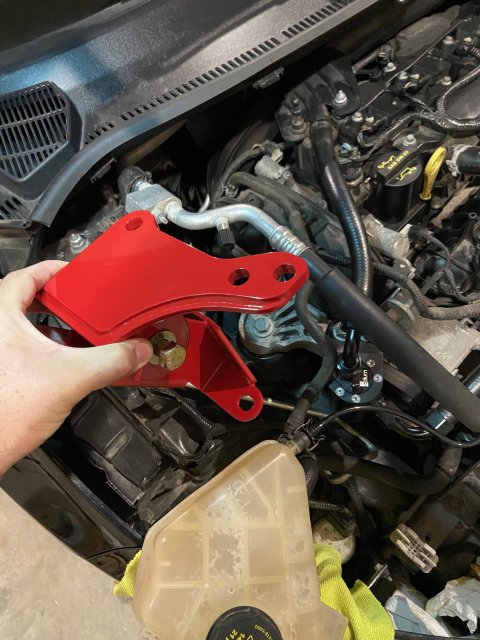One other point is, how many nearly 400HP engines are running a belt instead of a chain? You did great to get what you did out of it; even though you've only been running 250-400HP relatively recently.
Not sure I follow the logic - nearly every Evo except the last, Subaru and pretty much every car except Honda K-series and the Germans up to about 10-15 years ago ran a timing belt and are regularly tuned to >400whp with 16 valve heads with far more abuse than our engines see. Even high revving engines like the S2000 used them
The three things that kill timing belts are heat, oil leaks and fatigue of the fibers due to the cycling load from repeated valve actuation - what you do with the throttle, and any sort of “jerking” doesn’t play into it - the valve train sees the same forces at a given RPM no matter how much power the engine puts out at the crank, as the primary resistance comes from valve springs and valve inertia.
That said, higher RPM puts more stress faster. Turbo engines like the Ecoboost that use low valve lift with higher torque at low RPM stress the belt a lot less than higher RPM tuned engines, combined with better thermal protection for the belt, which is how Ford gets away with 160k miles on a timing belt.(3000RPM peak torque and 6250 RPM stock redline is on the average to low side for a 4-cylinder). Belts are much cheaper than chains for an OEM, mostly due to the fact that chains require a sealed chamber with lubrication.
Raising the rev limiter with a tune and operating more frequently at high RPM (which also cooncide with tunes turbo upgrades) do stress the belt more and looking at a 100k mile belt change is not a bad idea if you do flog the engine a lot.
But honestly the increased stress there is nothing compared to what happens when you start increasing the stresses upgrading valve springs and cams which is less common on DI engines just due to fueling constraints. But other platforms with belts and older highly tuned engines due tend to replace belts more frequently than recommended, but that’s mostly due to the fact that most engines then were designed around a 60k mile belt change interval, and rewritten to 100k when California started requiring it by law (of course with a “check” at 60k miles in the maintainance schedule)
Of course older belt engines tuned to the moon for racing tend to replace them even more often, but there’s not really any standard interval that anyone can give you.

![Wink [wink] [wink]](/images/smilies/wink.gif)
